Updated date: 10/10/2024 05:39:59
DTO - "The Sun Has Turned Yellow" (Writers Association Publishing House, August 2024) is the third poem by the prolific and unique poet from Dong Thap - Nguyen Giang San - Literature teacher, Cao Lanh City High School, member of Dong Thap Literature and Arts Association.
The collection of poems includes 75 poems with rich themes, spanning many aspects of life - through the author's feelings, along with a collection of diverse poetic forms, in which the traditional six-eight poetic form of the nation has been specially cared for.

The first impression of the collection of poems is that this is a full publication, not only in terms of quantity, but more than that, in terms of the “depth” of each poem. Specifically speaking, in the 75 poems, it is difficult to find a few poems that are “bland in meaning, rhyming”, included in the collection for the sake of it (although there are poems and ideas that are not really new). This proves that the author has put in a lot of effort, not only in the creative process but also in the selection of the quality of each poem, when deciding to publish a poetry publication. Here are a few random examples:
Right from the first six-eight poem, we see a "strong" Nguyen Giang San in the idea. Up to now, there have been many poems written about rice fields, rice grains..., but the approach and exploitation have been repetitive and dull. "Walking in the fields of my hometown" by Nguyen Giang San, although the idea is not completely new, the ideas when developed are like initial discoveries: "Walking in the fields of my hometown/I just realized that the heart of the earth is also the heart of the people" or: "The rows of rice supporting each other's shoulders/The flowers bending over the grains calling out in the rustling wind" or: "Meeting in the midst of the golden rice fields and the blue sky/Is the clear laughter of farmers"... Randomly flipping to another poem: "Is there a leaf". The idea of "sacred grandmother-grandchild love" in poetry is not rare. High school students at that time were very familiar with "Kitchen Fire" by Bang Viet. But from this idea, Nguyen Giang San has a poem that "stands" in its own way, with quite new and evocative images: "I miss hearing the creaking sound of the hammock behind my grandmother's house/The cold season has come, the guava garden rustles and shivers" or: "Grandma's hair is already gray, but the white strands keep getting fuller" or: "My father told me that this season my grandmother often has aches and pains/The termites at the foot of the bed have stopped grinding the wood many nights"... Randomly another poem - the last one: "Peace". Writing about peace, especially "self-anxiety", poetry has been quite popular, especially ancient and modern poetry in the Tang Dynasty style. Nguyen Giang San's Luc Bat poem chose this idea, but the development of the idea has something noteworthy: "Let it be, my dear, the ups and downs/I will grow green buds for myself" or: "Turn and turn the hand over/Flatly wipe away all the bitterness of the season" or: "Laughter is as light as cotton/I let all my anger and jealousy go into the realm of meditation"...
The second impression is that the creative inspiration and the main poetics towards time and artistic space are a prominent feature of "Nang da vang roi". Nguyen Giang San writes about his homeland, country, family, famous people...; writes about schools, islands, markets, pagodas, rice fields, rivers, storms and floods...; writes about mats, lotus, salt, chili, sầu đâu, coffee... and a number of other topics, all of which are referenced under the light of a time and artistic space that is always moving, constantly changing, but revolving around a seemingly immutable, static vertical axis which is human love. I think that Nguyen Giang San's profound humanistic idea is: Even though time passes and does not return, even though space changes, human love is still eternal, sacred and is an unparalleled support for life to continue to exist and develop. Just reading the names of dozens of poems, we can clearly see this main inspiration of the author. Here are just a few examples (in order of the book's table of contents): About time: "July Moon"; "Morning"; "October"; "April Ramblings";... About space (only naming poems with place names in Dong Thap): "Back to Lai Vung"; "Chau Thanh"; "Back to Thap Muoi"; "Back to Tam Nong, my dear"; "Thanh Binh"... That's not to mention many poems that harmoniously combine time and space in the collection, especially those about Tet, changing seasons, about sunshine, rain, dew, wind... And even in the poems, which seem to be written only about time or space mentioned above, there is a wonderful blending and interaction of these two elements...
The third impression is that Nguyen Giang San's poetry is beautiful in a rather "classical" way. Some people may say that in the 4.0 era, when postmodern poetry... is becoming a "fashion", his poetry does not seem to have any innovation! I think differently, no matter what era, good poetry lies in its soul, not in following "fashionable" trends, attracting customers, dancing with words... Reading "Counting Fingers", "Vuon Nho" before and now "Nang Da Vang Roi" by Nguyen Giang San, I believe readers still enjoy the "classical" poetic voice in the softness and flexibility of ideas and language. There is absolutely no tension, mystery, challenge, vulgarity... in Nguyen Giang San's poetry. His poetry is simple in its words, reading is feeling, understanding, and receiving very proactively. In my co-creation school, here, I would like to add that in this new collection of poems, the author chose to include more than half of the six-eight meter (47/75). A high ratio, but when reading, we do not feel repetitive or boring, on the contrary. Nguyen Giang San's Luc Bat is not the "type" that likes innovation (ideas, rhythm...), that is, he still chooses images, words, rhetorical devices... that are established in the folk song treasury and still mainly uses the familiar even rhythm (2/2; 2/4; 4/4...). Occasionally, we can find in his Luc Bat a moment of "splitting rhythm" for artistic effect, like: "Through trembling/the first sincere". Nguyen Giang San's Luc Bat is beautiful in the style of folk songs and is always attractive. I think that the innovation in Nguyen Giang San's poetry, if we try to name it, is in that "classical" quality!
In the lines of introducing the new book, I would like to present some initial impressions. There will be writers specializing in theory and criticism who will discuss more deeply and accurately about Nguyen Giang San's poetry in general and the collection "Nang da vang roi" in particular. With 3 poetry collections and other works as a launching pad, I believe that Nguyen Giang San will continue to shine and flourish.
Tao Dan
Source: https://baodongthap.vn/van-hoa/cam-nhan-tap-tho-nang-da-vang-roi-cua-nguyen-giang-san-126171.aspx


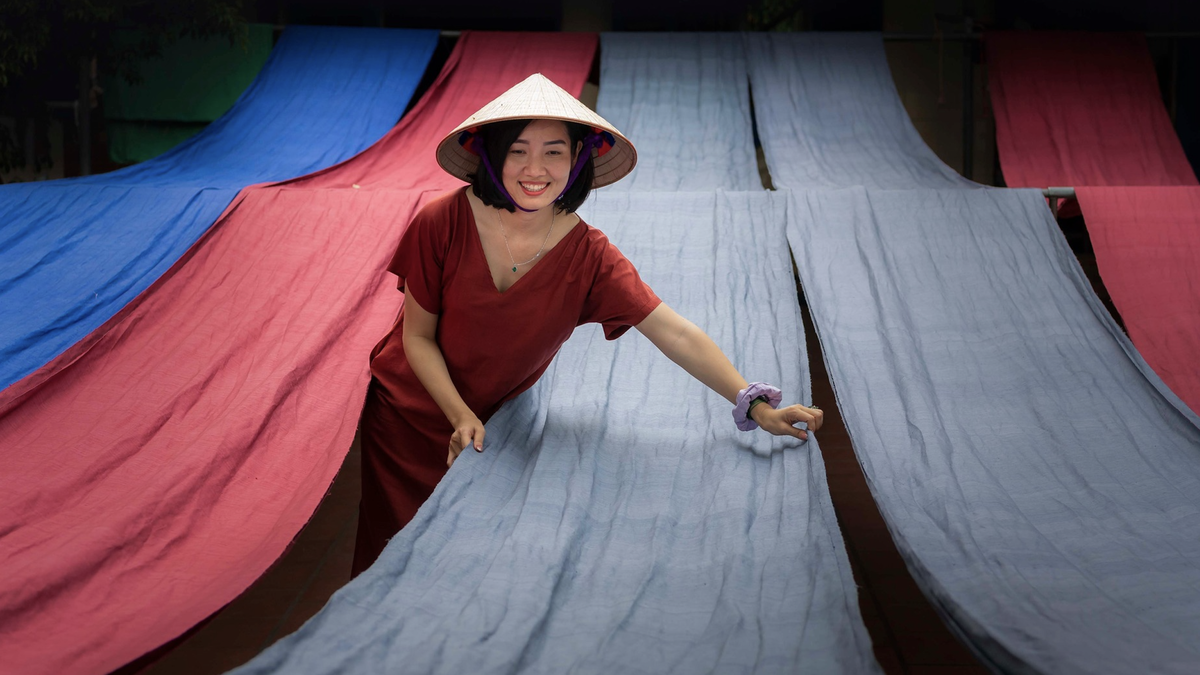

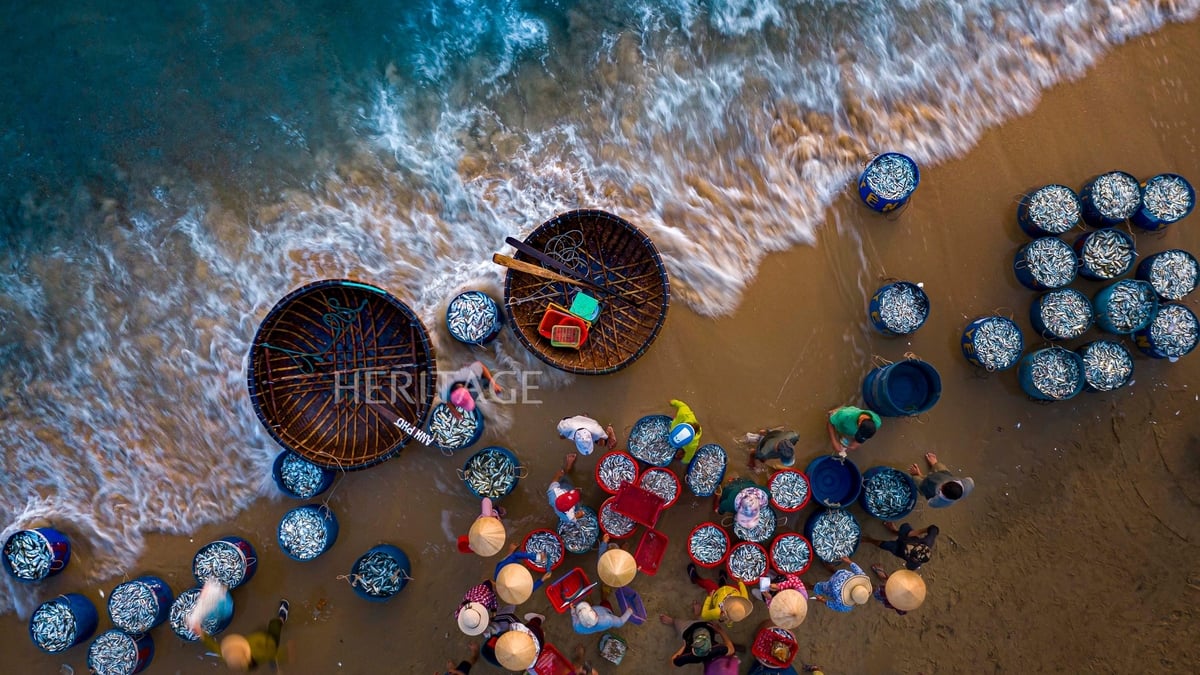

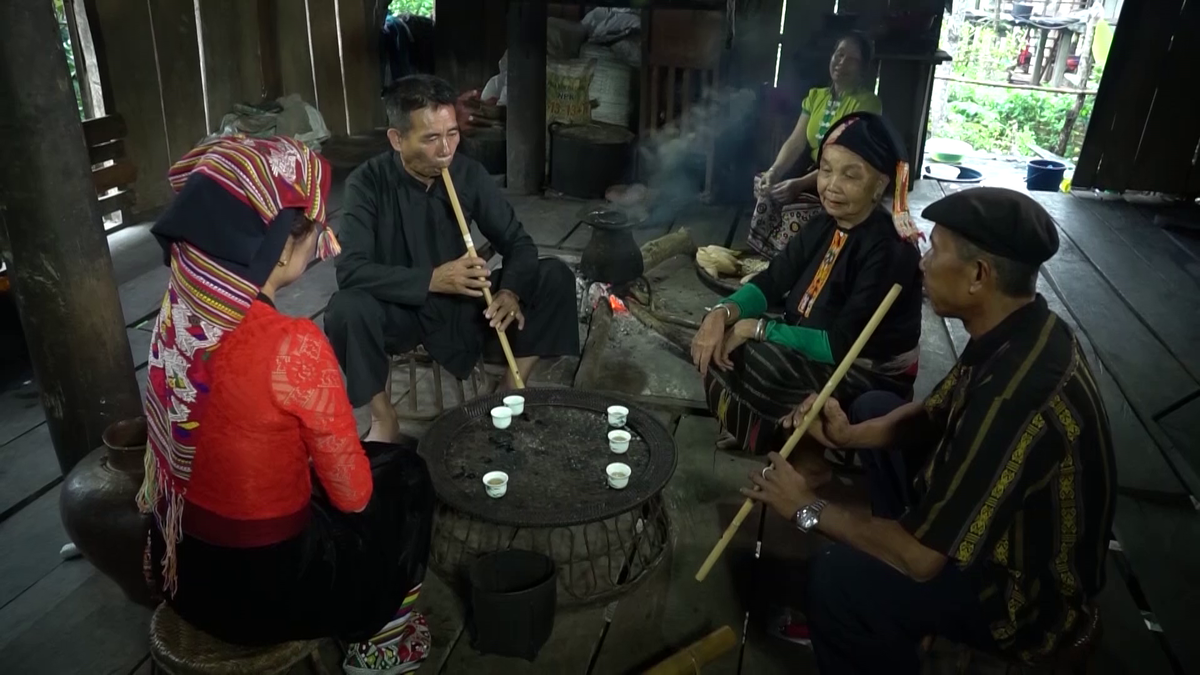

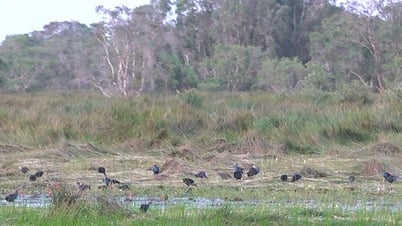

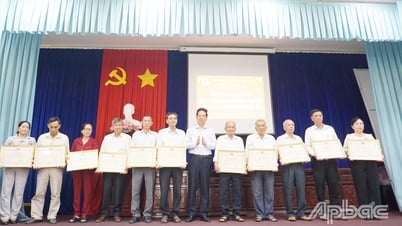










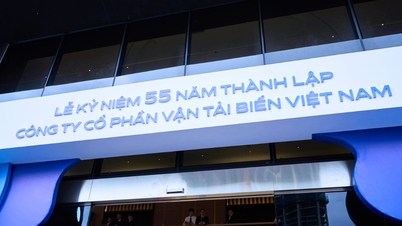




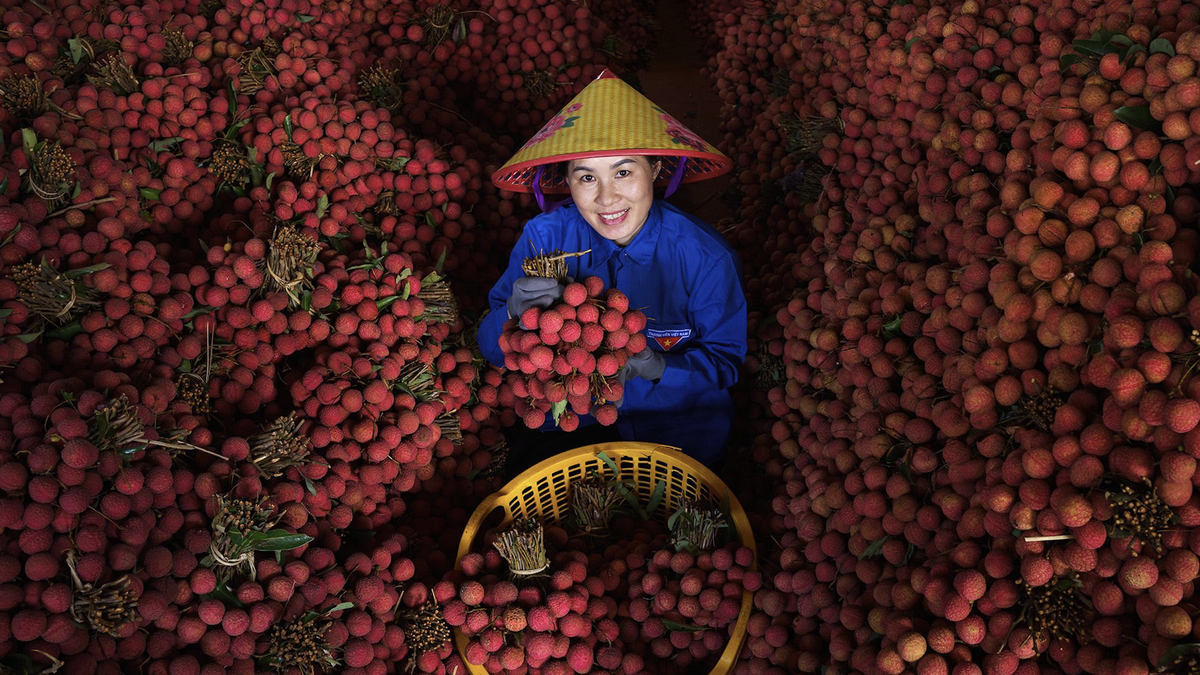
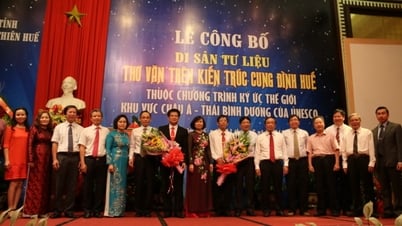

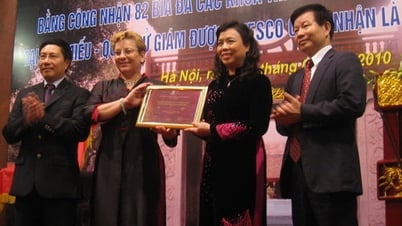

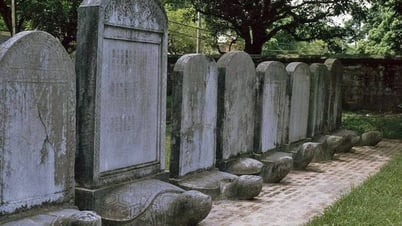

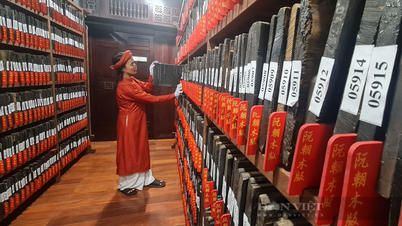





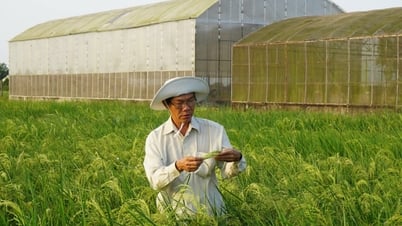

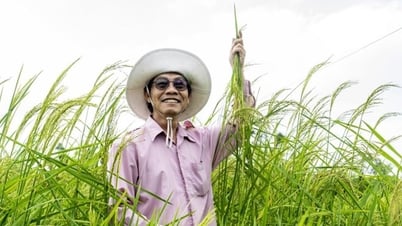

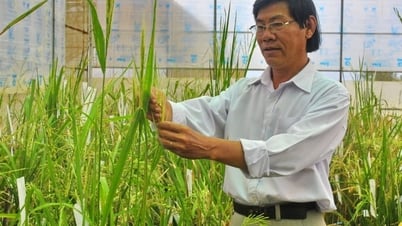

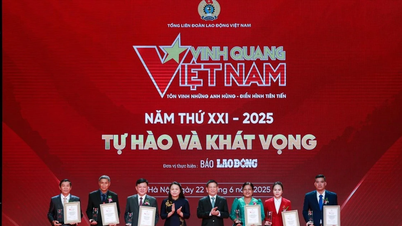







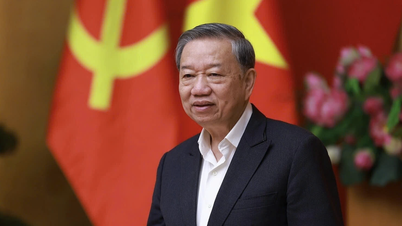




![[Photo] General Secretary To Lam attends the launch of 3 digital platforms serving the implementation of Resolution No. 57-NQ/TW](https://vphoto.vietnam.vn/thumb/402x226/vietnam/resource/IMAGE/2025/7/2/d7fb7a42b2c74ffbb1da1124c24d41d3)


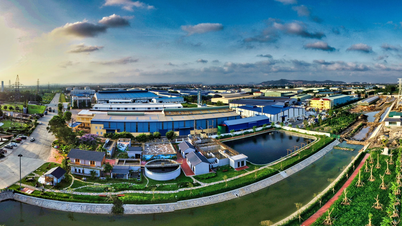










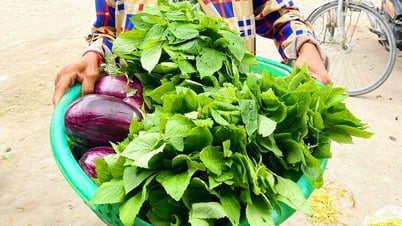



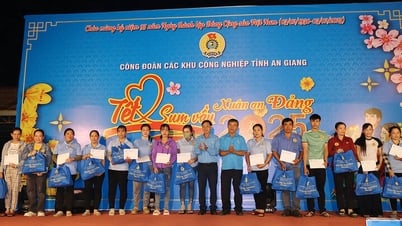









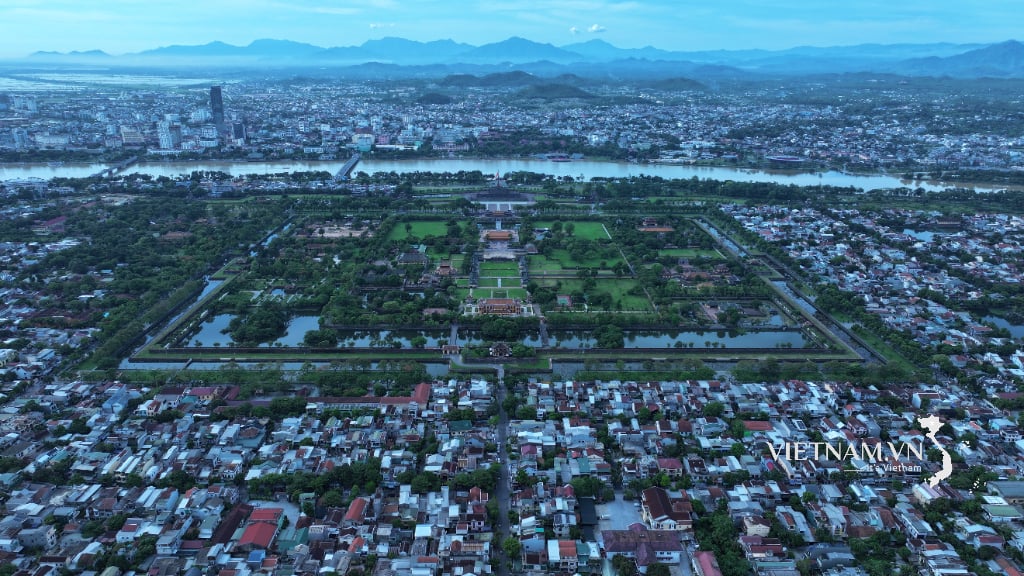

Comment (0)